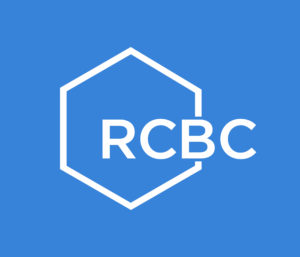MANILA, Philippines — Bad loans held by digital banks in the country eased to a three-month low in April, which likely softened cost pressures for this new breed of lenders as they navigate the path to profitability.
Data from the Bangko Sentral ng Pilipinas (BSP) showed that digital banks’ nonperforming loans (NPL)—borrowings that are more than 90 days late on a payment—accounted for 17.69 percent of the sector’s total loan book in April, lower than the 25.33-percent ratio in March.
But the figure was over five times bigger than the 3.45-percent NPL ratio of the entire local banking industry in April, which is comprised of traditional banks that mainly provide loans to affluent segments with tested credit profiles.
To note, digital banks mainly leverage mobile technology and artificial intelligence (AI) to serve unbanked Filipinos with largely untested credit profiles.
READ: Digital banks struggling to stay afloat, says S&P
In peso terms, past due loans held by the local digital banking industry amounted to P4.7 billion in April, 7 percent lower on a month-on-month basis. BSP data showed the total loan portfolio of digital banks grew by 36 percent year-on-year to P26.4 billion.
“We are pleased with the decline of our sector’s NPL rates which validates all the work we’ve done to enhance our AI and data-driven credit models and value proposition of our lending products,” said Angelo Madrid, president of Maya Bank and chair of the Digital Bank Association of the Philippines (DiBA PH), an industry group.
Lower buffers
The decline in NPLs, in turn, allowed digital banks to reduce their buffers against potential losses from unpaid loans, which likely eased their expenditures and gave them more money to lend.
Figures showed digital lenders set aside P2.9 billion as allowance for credit losses in April, bringing the NPL coverage ratio—a gauge of the sufficiency of such buffer funds—to 61.45 percent, from 64.89 percent previously.
READ: BSP: Only two of six PH digital banks are profitable
That bodes well for the nascent industry that so far includes UNO Digital Bank, UnionDigital Bank, GoTyme, Overseas Filipino Bank of state-run Land Bank of the Philippines, Tonik Digital Bank, and Maya Bank. Of those six, the BSP earlier said only two digital banks were profitable as the very high provisioning against credit losses added to their already elevated expenditures.
But beyond problems with NPLs and profitability, digital lenders are nevertheless seen doing a great job in raising deposits, a major lifeline for banks.
Data released by DiBA PH showed the sector posted a 27-percent growth in their depositor base between September and December last year, significantly higher than the 4-percent overall growth of the banking system. This has elevated the total digital banking depositor base to 5.9 million by the end of 2023.
“Given that the digital banking industry is still in its early stages … we are quite optimistic of continued growth and improvement of our NPL performance in the coming years,” Madrid said.


